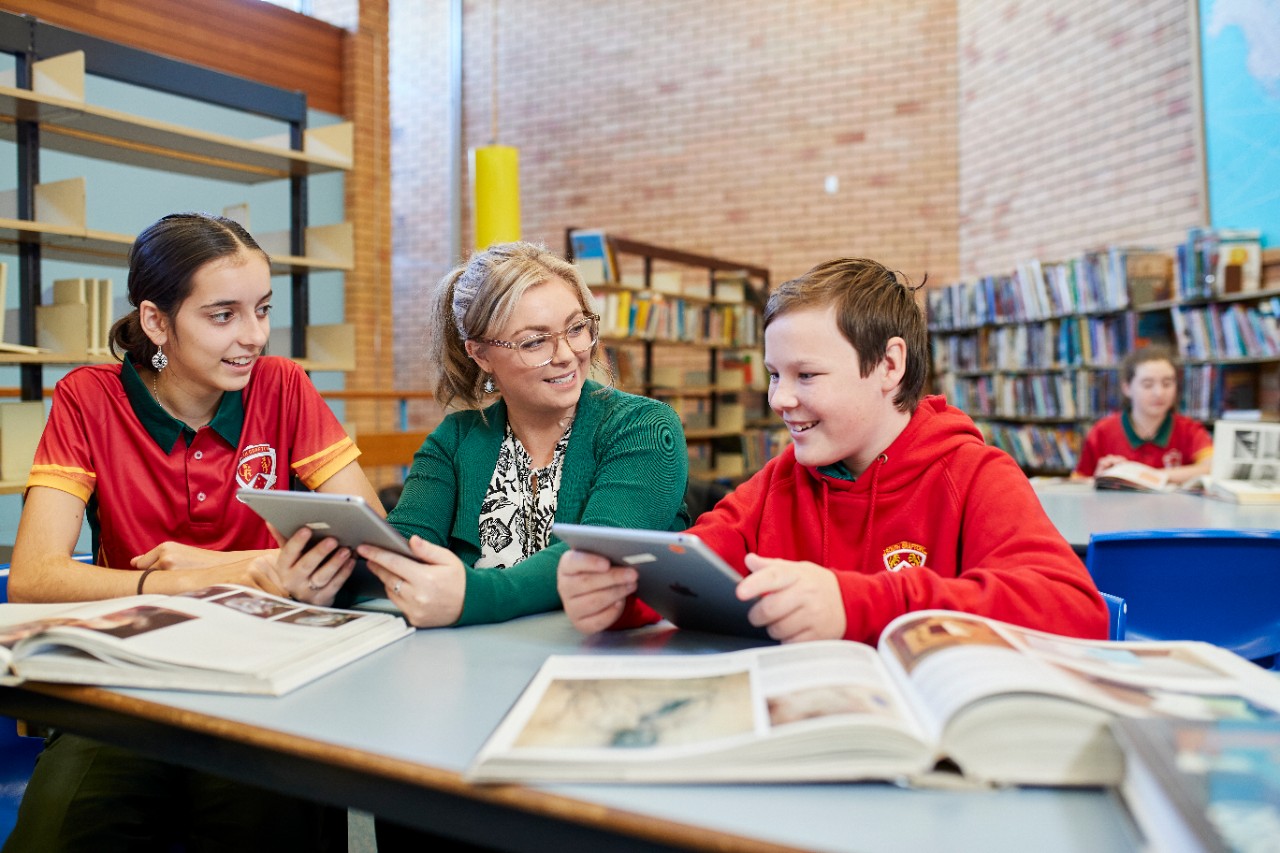Anxiety
About anxiety
We all worry or feel scared or anxious at times, but some students may worry so much that their anxiety leads to avoidance in participating in activities, being with others, or going places. A student with anxiety who refuses to participate may be feeling overwhelmed rather than misbehaving or being stubborn. Students with anxiety may appear nervous or restless, or they may become visibly fearful or distressed.
Anxiety can cause physical symptoms such as frequent stomachaches and headaches. This might affect their interest in class, or result in frequent sick bay visits. Students with anxiety may find it difficult to concentrate at times, especially when they’re working in test-like conditions. This means that sometimes their results might not reflect their true capability.
Some students with anxiety may refuse to try something if they don’t feel they can do it well (particularly if others are watching), or throw their work away to start again. They may seek lots of reassurance from staff. Students with disability often experience higher rates of anxiety than their peers. Students can show signs and symptoms of a number of types of anxiety presentations.

Common forms of anxiety
Students can show signs and symptoms of a number of types of anxiety presentations. You can learn about the different presentations below.
Strengths
Some students with anxiety may want their work to be perfect and so create high quality work. Students with anxiety may connect with trusted adults or friends for support.
Some students who have been through a traumatic event may grow personally as a result. They may feel close to friends and family members, as well as their beliefs or religion. They might feel they are good at coping with difficult events, be thankful for and value life, and have a clear idea of what is important to them.





Examples of practice: anxiety
Learn about Kaden's experience in the classroom.
School Excellence Framework alignment
Wellbeing, Curriculum, Effective classroom practice
Australian Professional Standards for Teachers alignment
Standard 1: Know students and how they learn
Audience
Secondary teachers
Purpose
Strategies to support students with anxiety. Including: Evidence-based practices, best practice tips, curriculum considerations and other considerations for teachers of students with anxiety.
Reviewed
November 2021. Share your feedback here